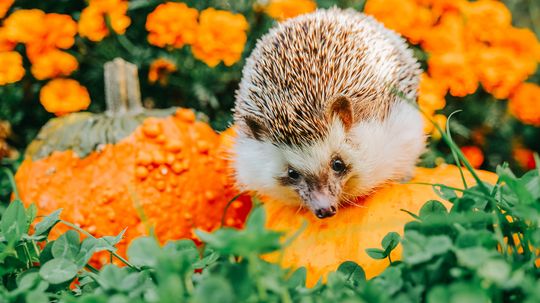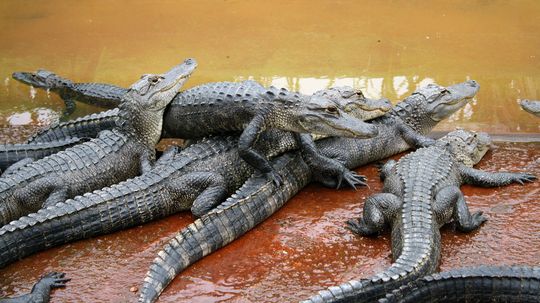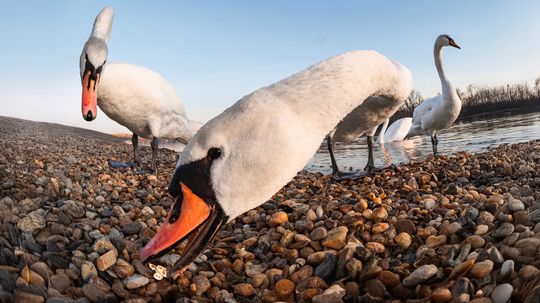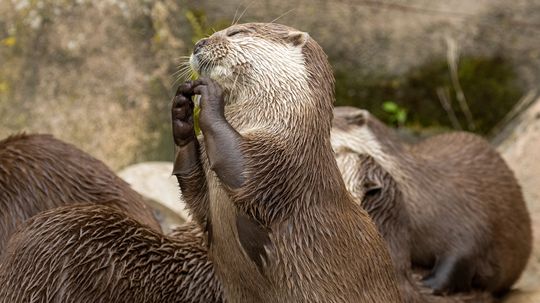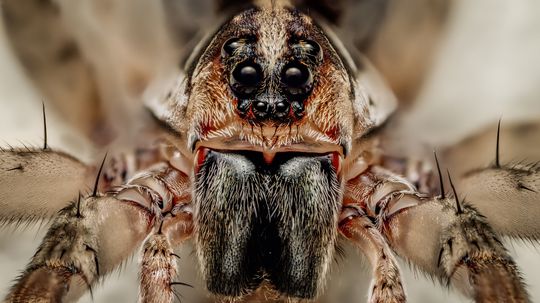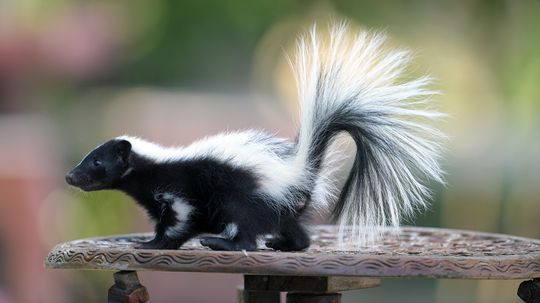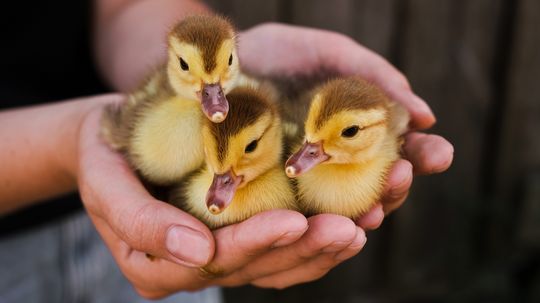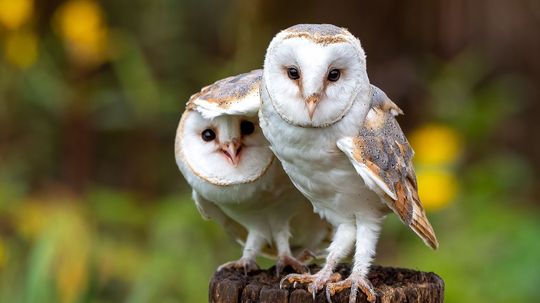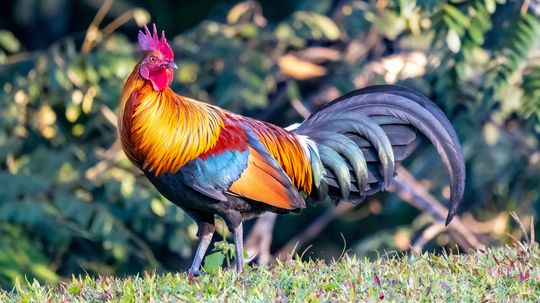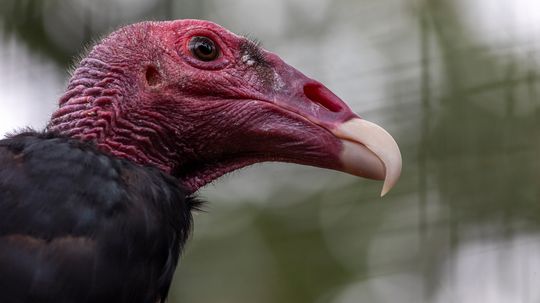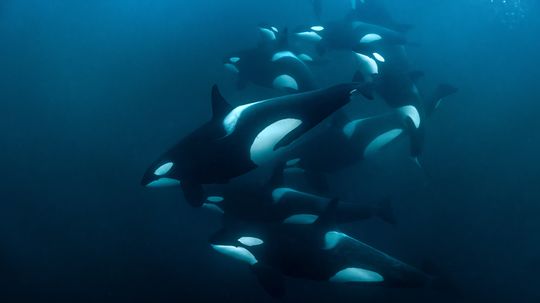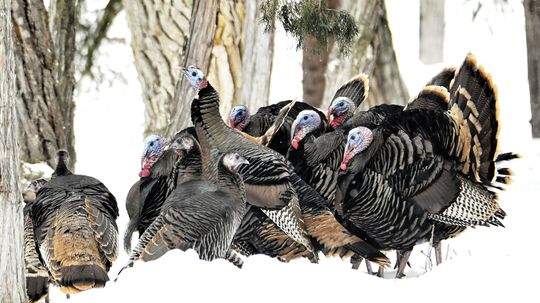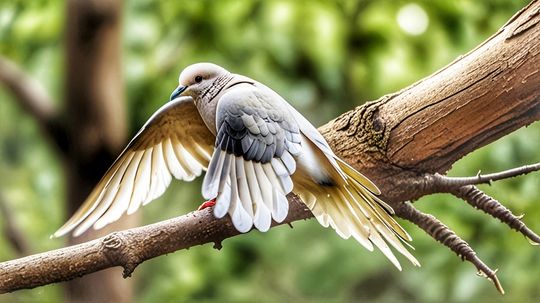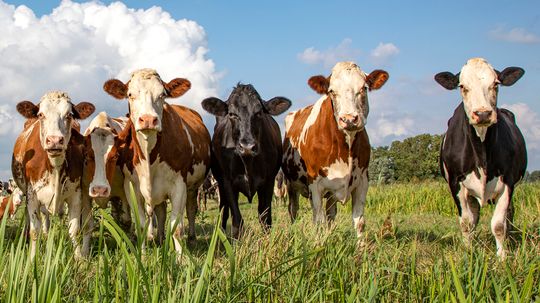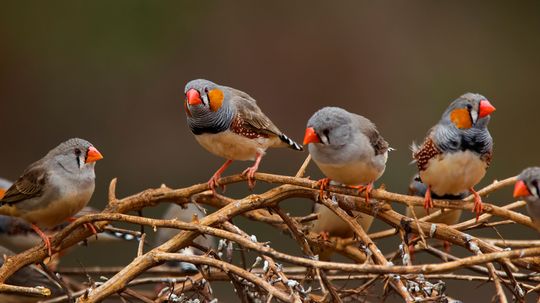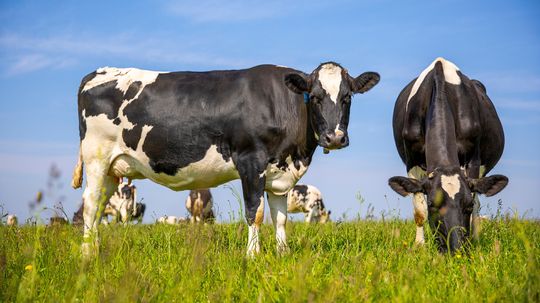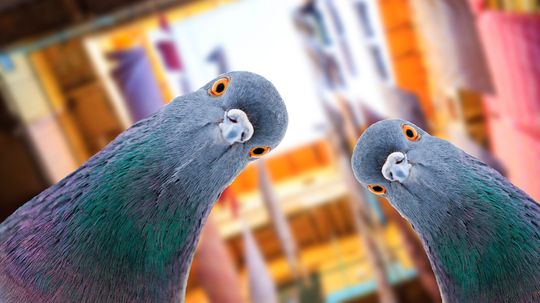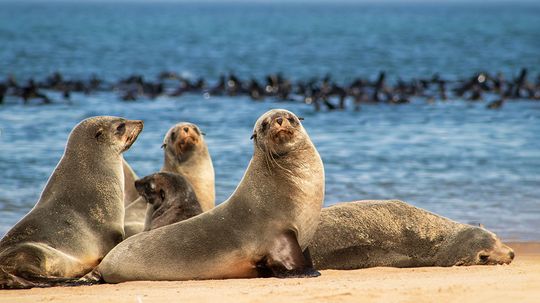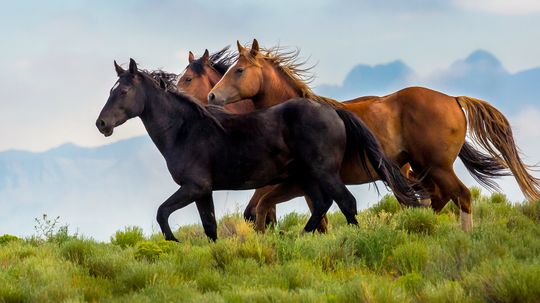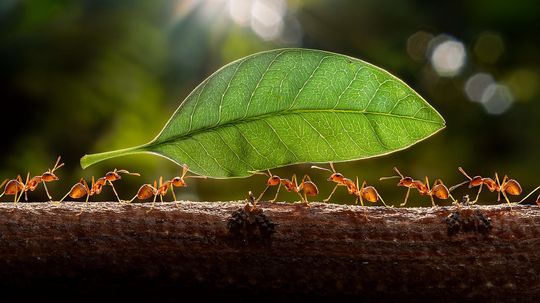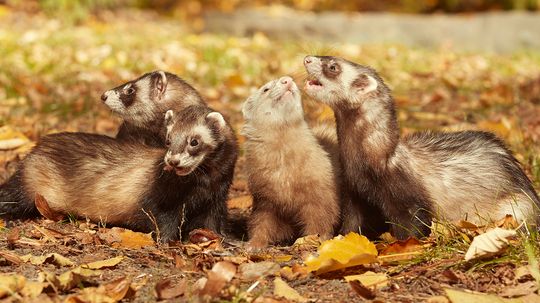Wild Animals
Whether they crawl, fly, swim, slither, walk, run or pounce, wild animals rely on their instincts. Read about all kinds of wild animals, mammals, birds, fish, insects, reptiles and amphibians.
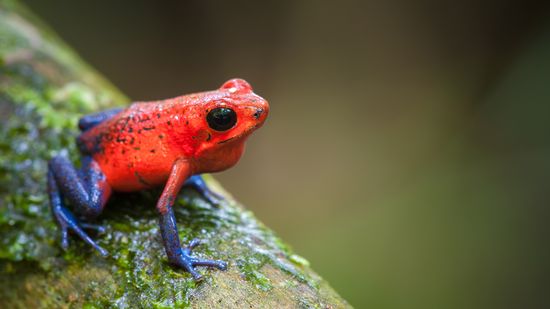
12 Colorful Frog Species: From Tie-dyed Designs to Rare Hues
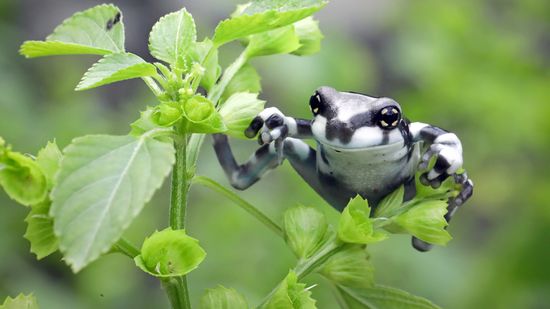
Amazon Milk Frog: Named for Its Defense, Not Its Color
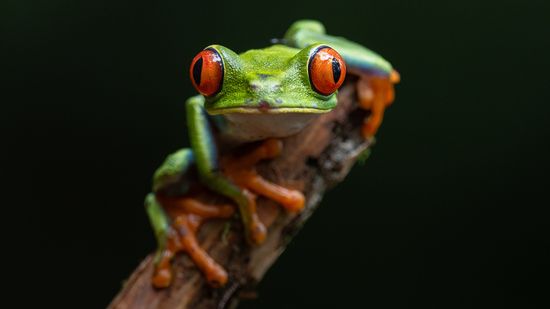
The Red-eyed Tree Frog Has Extremely Sensitive Skin
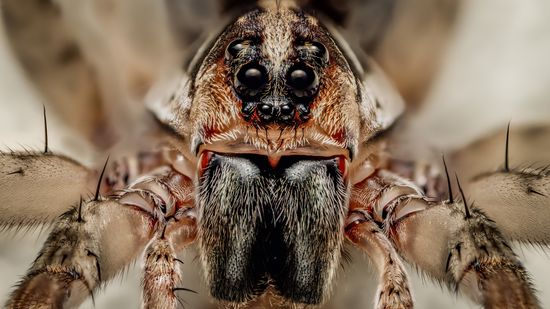
What Is a Group of Spiders Called? (Aside From Icky)
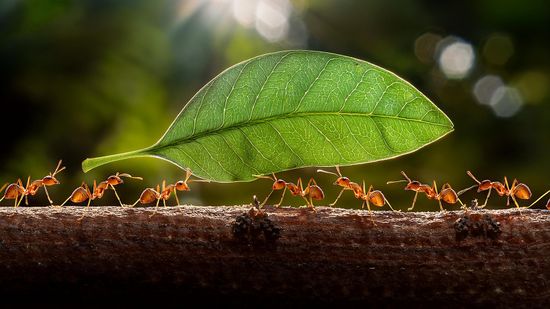
What Is a Group of Ants Called? Army vs. Colony vs. Swarm
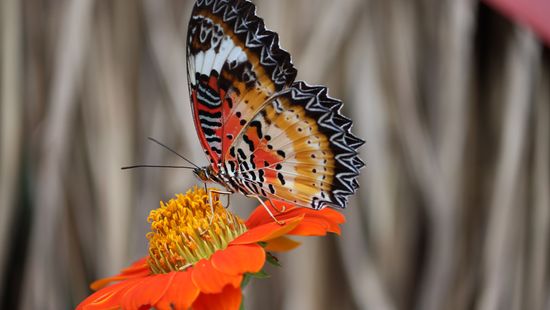
10 Red Butterfly Species Found From India to Florida to Europe
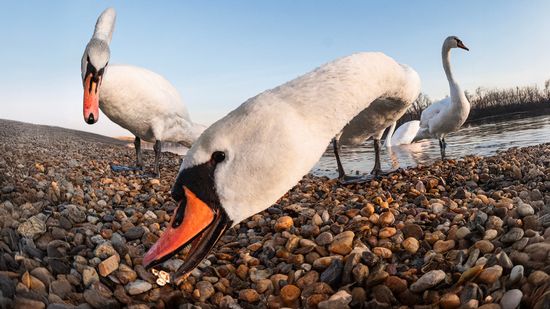
What Is a Group of Swans Called? Not a Flock
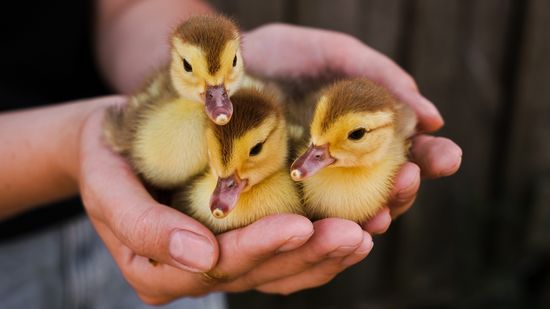
What Is a Group of Ducklings Called? It's Surprisingly Moody
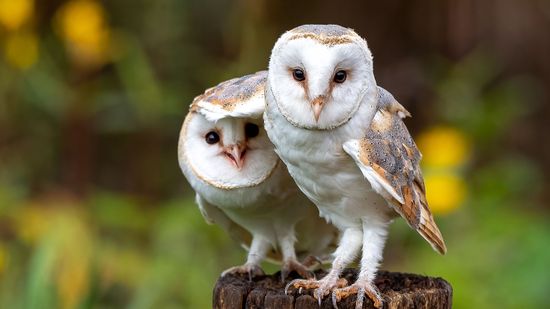
What Group of Birds Is Called a Parliament?
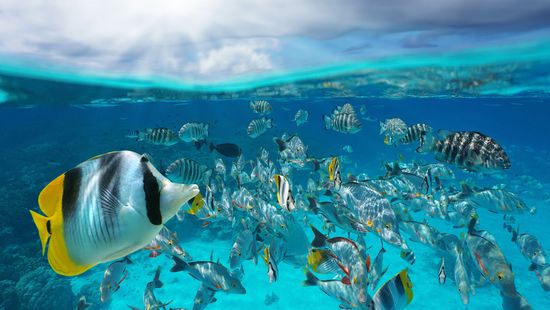
What Is a Group of Fish Called? Not Always a School
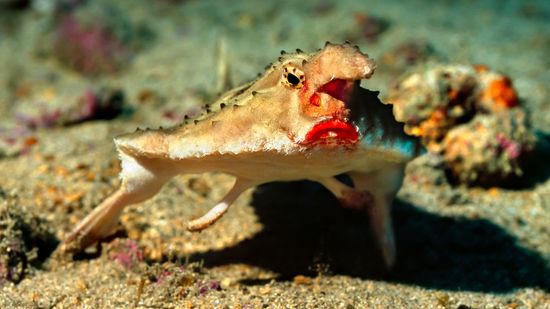
10 Weirdest Fish in the World: Batfish, Hairy Frogfish, and More
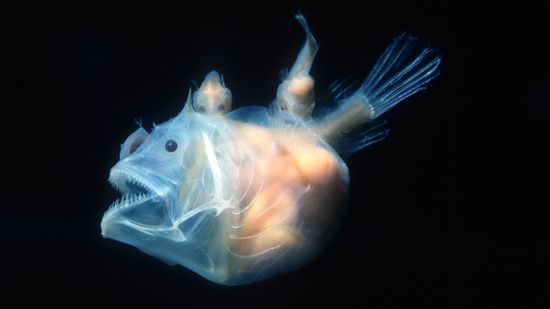
10 Scariest Fish Lurking in Rivers, Deep Ocean Waters, and Shells
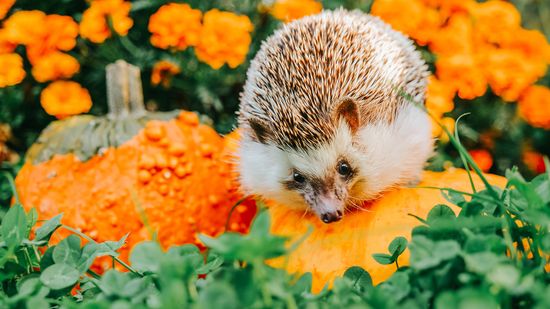
What Is a Group of Hedgehogs Called? It's Adorably Appropriate
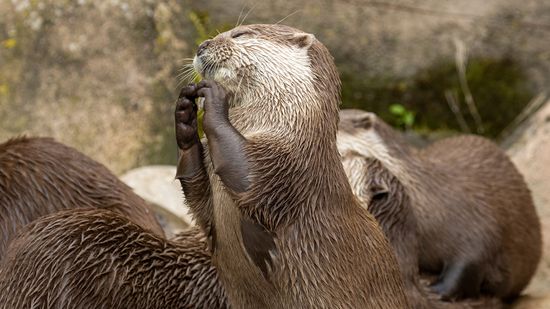
What Is a Group of Otters Called? The Official Terms Are Adorable
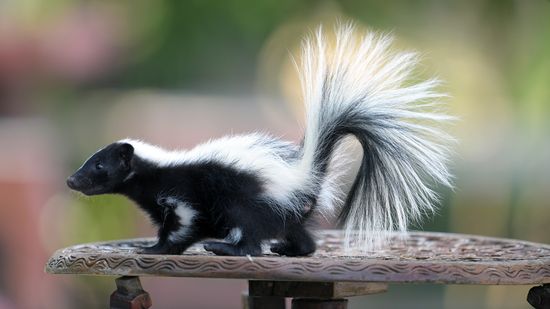
What Is a Group of Skunks Called? Here's Why You've Never Asked Before
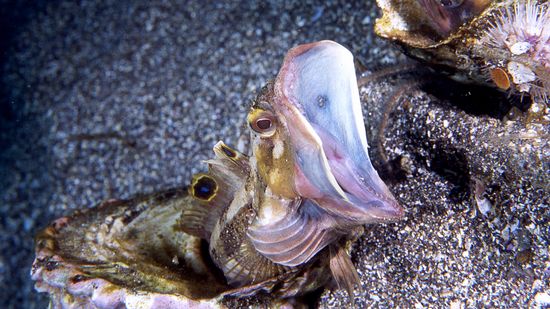
10 of the Scariest Sea Creatures Lurking in the Ocean's Depths
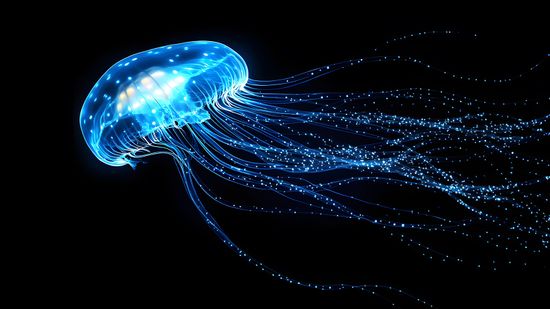
How Bioluminescent Jellyfish Get Their Signature Glow
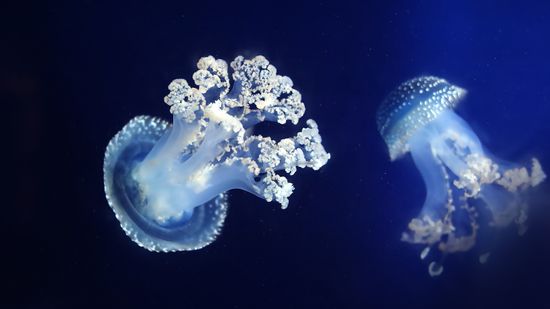
White Spotted Jellyfish: Cute Until They Become Invasive
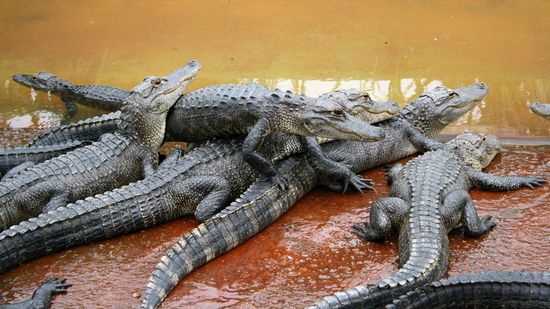
What Is a Group of Alligators Called? It Sounds Surprisingly Formal
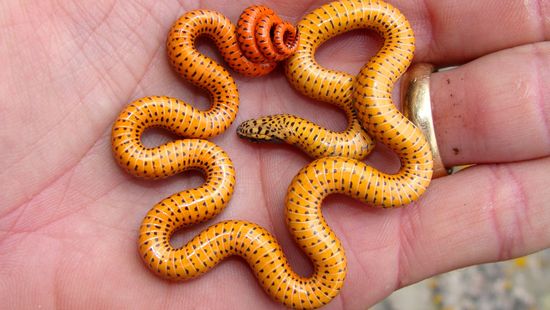
10 Cutest Snake Species That Have Us Squeeing
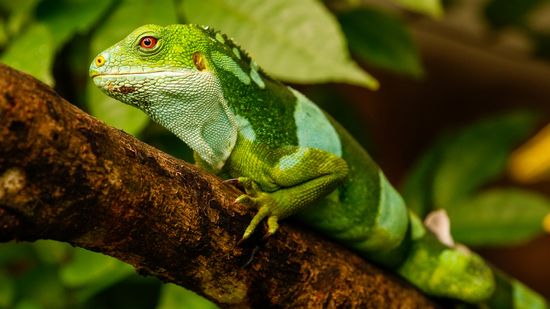
10 Colorful Lizards to Delight Reptile Lovers
Learn More
Hedgehogs usually live alone, so seeing more than one together feels special. When it happens, English gives that group a very specific word.
By Nico Avelle
If you have ever seen several gators piled together along a riverbank, you may have wondered, "What is a group of alligators called?"
By Nico Avelle
A group of swans goes by more than one name, and the right word depends on what the birds are doing. The question "what is a group of swans called" sounds simple, but English loves options, especially when birds get involved.
By Nico Avelle
Advertisement
Otters are found on every continent except Australia and Antarctica, sliding down muddy banks, cracking shellfish and floating on their backs. People often ask, "What is a group of otters called," because these animals spend so much time together.
By Nico Avelle
Spiders live in nearly every environment on Earth, from forests and wetlands to deserts and homes shared with humans. People often ask "what is a group of spiders called" because spotting many spiders together feels out of step with how these animals usually behave.
By Nico Avelle
Skunks wander through yards, forests and fields across North and South America, usually alone and minding their own business. Since they're largely loners, we wouldn't be surprised if you've never thought to ask, "What is a group of skunks called?"
By Nico Avelle
When you see a line of baby ducks waddling behind their mother, it’s more than just adorable. It’s a structured group with its own name!
By Nico Avelle
Advertisement
Birds may not hold government sessions, but in the world of collective nouns, they sure know how to form one.
By Nico Avelle
From the American prairie to the wetlands of Asia and the bush of Africa, buffalo are powerful and iconic animals. But when these creatures band together, what is a group of buffalo called?
By Nico Avelle
Ask someone where chickens come from, and you might hear "the farm" or maybe "the grocery store." But when someone asks, "Where do chickens originate from," they're looking for a deeper answer.
By Nico Avelle
If you've ever seen large birds circling high above or gathered near a carcass, you might have wondered, what is a group of turkey vultures called?
By Nico Avelle
Advertisement
You’ve probably seen them in documentaries or breaching the surface near Vancouver Island.
By Nico Avelle
You might spot them pecking along a trail, roosting in trees, or crossing a country road single file. When they're together, you may ask: What is a group of wild turkeys called?
By Nico Avelle
You’ve probably seen them rifling through trash cans or sneaking across your backyard at night. But when you spot more than one, you might wonder, what is a group of raccoons called?
By Nico Avelle
You’ve probably seen a group of birds take off in a sudden burst, but have you ever stopped to ask, what is a group of doves called?
By Nico Avelle
Advertisement
When you spot a bird of prey with sharp talons, a curved beak, and long, pointed wings built for speed, you may be looking at a falcon.
By Nico Avelle
If you’ve ever asked, "What is a group of cows called," you’re not alone. It’s a common question that dips into farming, linguistics, and a bit of trivia.
By Nico Avelle
If you've ever driven past a pasture dotted with woolly creatures and wondered, "What is a group of sheep called," you're not alone.
By Nico Avelle
If you've ever played trivia nights or read old literature, you may have stumbled on the question: What is a group of birds called?
By Nico Avelle
Advertisement
Where do cows originate from? Oh, so you're ready to dive into the natural history of one of humanity’s most important domesticated animals.
By Nico Avelle
Ever walked through a city square and seen a sky full of pigeons take off at once? You may have wondered, what is a group of pigeons called? Does it have a fancy name like a parliament of owls or a murder of crows?
By Nico Avelle
Ever see a bunch of seals lounging on the beach and wonder what to call them? Good news: You're not alone. By asking, "What is a group of seals called", you've walked into a long tradition of humans naming animal collectives in colorful ways.
By Nico Avelle
Where do horses originate from? We don't mean to sound corny, but the answer really does take us on a journey through millions of years of evolution, migration, and domestication.
By Nico Avelle
Advertisement
You wake up to find a bunch of ants moving like a tiny, six-legged army across your kitchen counter? You pick up the phone to call an exterminator, and while on hold you ask yourself, what is a group of ants called?
By Nico Avelle
OK, you asked your friend, "What is a group of ferrets called," and they gave you a ridiculous answer: a business.
By Nico Avelle
